Introduction aux systèmes de gestion des transports (TMS) : concepts de base et modules fonctionnels
Dans le monde actuel de la logistique, qui évolue rapidement, Systèmes de gestion des transports (TMS) sont essentiels pour aider les entreprises à gérer, optimiser et automatiser leurs opérations de transport. Que vous soyez à la tête d'une petite marque de commerce électronique ou que vous supervisiez une chaîne d'approvisionnement mondiale, il est essentiel de comprendre les concepts fondamentaux du TMS pour rester compétitif.
Cet article explore l'objectif fondamental d'un TMS, ses principaux modules fonctionnels et la manière dont il s'intègre dans une infrastructure logistique moderne.
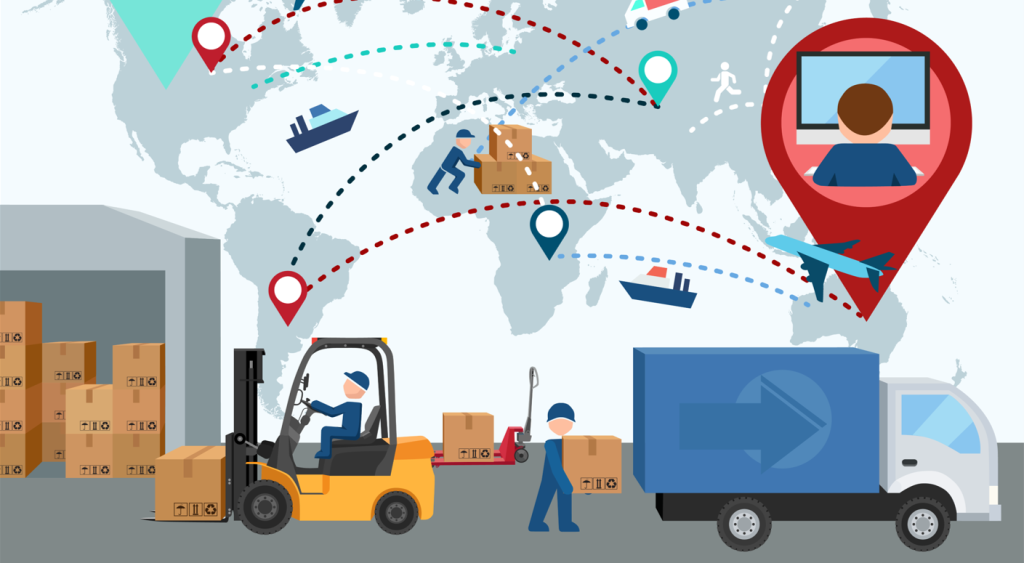
Qu'est-ce qu'un système de gestion des transports (TMS) ?
Un système de gestion des transports est une plateforme logicielle conçue pour rationaliser et optimiser le transport des marchandises de l'origine à la destination. Les systèmes de gestion des transports permettent de tout gérer, depuis la planification des itinéraires et la sélection des transporteurs jusqu'à l'audit du fret et l'analyse des performances.
Au fond, un TMS aide les entreprises :
- Planifier et exécuter les expéditions plus efficacement
- Maîtriser les coûts logistiques
- Améliorer les niveaux de service
- Obtenir une visibilité en temps réel des opérations de transport

Qui utilise la SMT ?
Les solutions TMS sont largement adoptées dans de nombreux secteurs, notamment :
- Commerce de détail et commerce électronique: Gérer les envois de colis en grande quantité
- Fabrication: Pour la gestion du fret entrant et sortant
- Logistique pour compte de tiers (3PL): Coordonner les services pour plusieurs clients
- Distributeurs et grossistes: Optimiser les transports régionaux et longue distance
Les petites entreprises adoptent de plus en plus des solutions TMS basées sur le cloud pour améliorer les performances de livraison et réduire les erreurs d'expédition.
Modules fonctionnels de base d'un TMS
Un TMS bien conçu se compose généralement des modules clés suivants :
1. Gestion des commandes
Ce module gère les données relatives au transport pour chaque commande :
- Importer des commandes de ERP ou WMS systèmes
- Affecter des commandes aux envois en fonction de règles (par exemple, la destination, la taille)
- Regrouper plusieurs commandes en un seul envoi
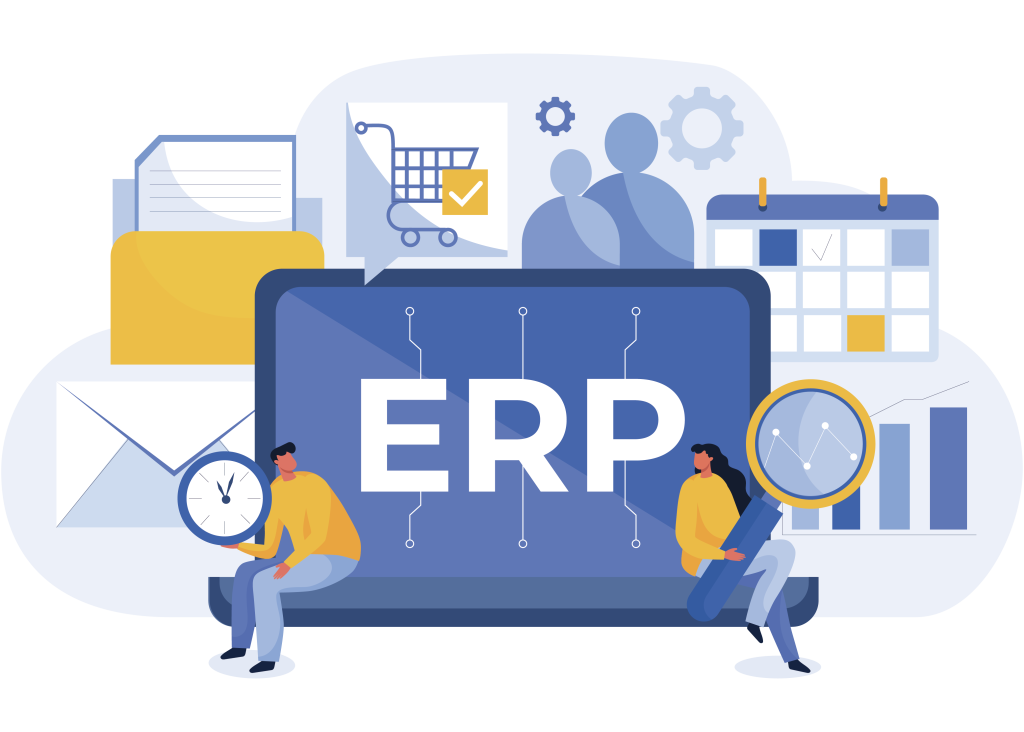
2. Planification et optimisation des itinéraires
Le moteur de routage calcule les chemins les plus rentables et les plus rapides à l'aide de données en temps réel et de contraintes telles que
- Fenêtres de livraison
- Restrictions routières
- Consommation de carburant
- Planification d'itinéraires à arrêts multiples
3. Gestion des transporteurs
Ce module aide les entreprises à gérer leurs relations avec les transporteurs de marchandises :
- Tenir à jour les profils des transporteurs, les tarifs et les dossiers de performance.
- Automatiser la sélection du transporteur en fonction du coût, du temps de transit ou du niveau de service
- Envoyer des demandes d'expédition et recevoir une confirmation par voie électronique
4. Audit et paiement du fret
Cette fonctionnalité garantit l'exactitude des factures et le suivi des frais d'expédition :
- Faire correspondre les factures des transporteurs avec les taux convenus et les niveaux de service réels
- Signaler automatiquement les divergences
- Générer des rapports pour les finances et la réconciliation
5. Suivi et visibilité en temps réel
La visibilité est une caractéristique essentielle des chaînes d'approvisionnement modernes :
- Suivi GPS en temps réel des véhicules et des expéditions
- Mises à jour de l'état d'avancement et alertes en cas d'exception
- Intégration avec les dispositifs télématiques et IoT
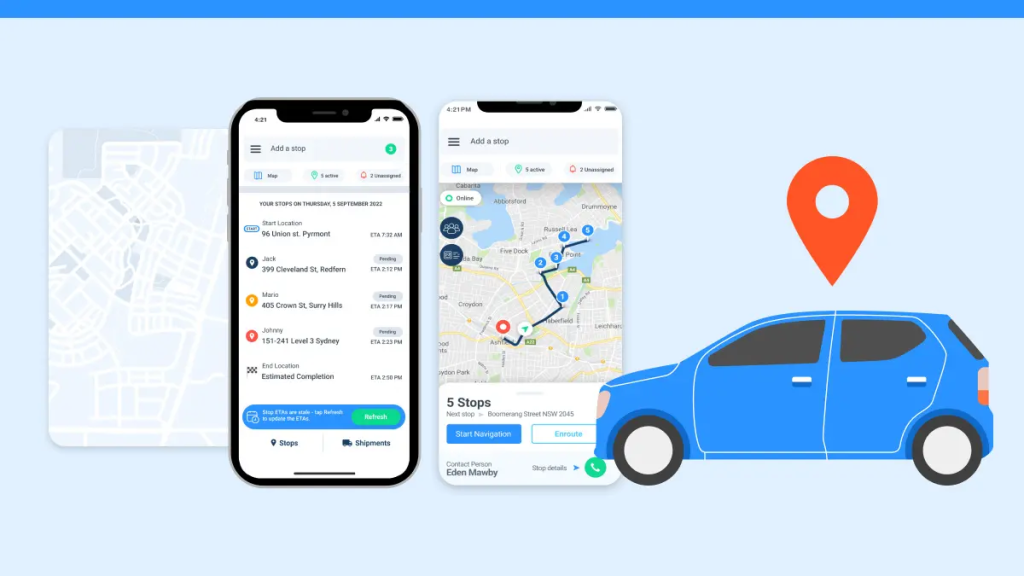
6. Analyses et rapports
Les systèmes TMS fournissent des tableaux de bord avancés pour faciliter la prise de décision :
- Analyse des performances des transporteurs
- Mesures de respect des délais de livraison
- Dépenses de fret par région ou par mode
- Suivi de l'empreinte carbone
Intégration du TMS avec d'autres systèmes
Les plateformes TMS fonctionnent rarement de manière isolée. Elles s'intègrent généralement avec :
- Systèmes de gestion des entrepôts (WMS)
- Systèmes de planification des ressources de l'entreprise (ERP)
- Systèmes de gestion des commandes (OMS)
- Outils d'impression d'étiquettes et de suivi des commandes
Ces intégrations créent un écosystème logistique homogène en reliant les systèmes de transport, d'entreposage et de gestion des commandes, ce qui permet une visibilité de bout en bout, des flux de travail rationalisés et un contrôle précis à chaque étape de la chaîne d'approvisionnement.
TMS en nuage vs. TMS sur site
Il existe deux modèles de déploiement standard :
- TMS en nuage: Offre un déploiement et une évolutivité plus rapides, ainsi que des coûts initiaux moins élevés. Idéal pour les petites et moyennes entreprises.

- TMS sur site: Il offre une personnalisation plus poussée et peut être préféré par les grandes entreprises ayant des politiques informatiques complexes.

Réflexions finales
Un système de gestion des transports est plus qu'un simple outil de répartition numérique : c'est le centre névralgique de vos opérations logistiques. Les entreprises peuvent accroître leur efficacité, réduire leurs coûts et améliorer leurs niveaux de service en mettant en place un TMS.
Que vous expédiiez quelques colis par jour ou que vous gériez des milliers de chargements par mois, investir dans le bon TMS avec les bons modules peut transformer les performances de votre chaîne d'approvisionnement.
Explorer d'autres sujets liés à la technologie de la logistique
Vous souhaitez approfondir les intégrations TMS, les comparaisons entre fournisseurs ou les études de cas réels ? Restez à l'écoute pour en savoir plus sur notre blog!
Aperçu de l'industrie
nouvelles via la boîte de réception
Nulla turp dis cursus. Integer liberos euismod pretium faucibua


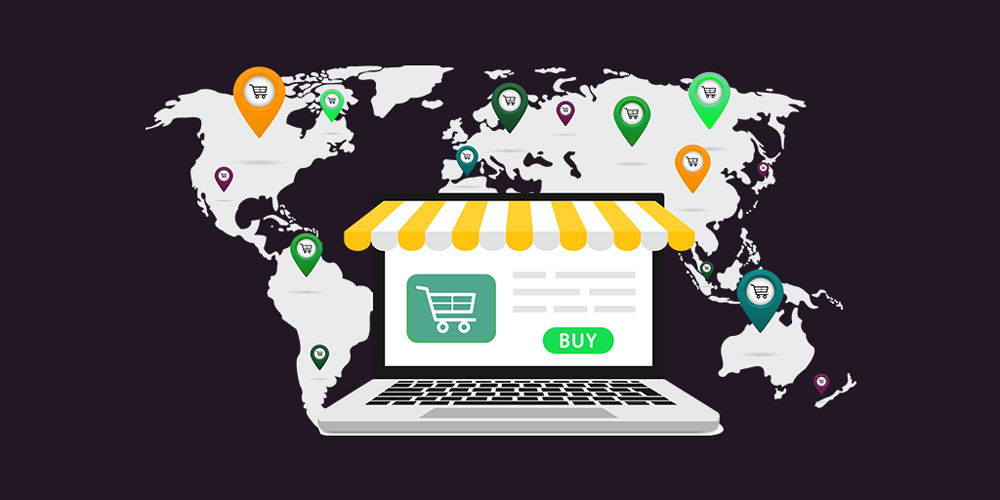

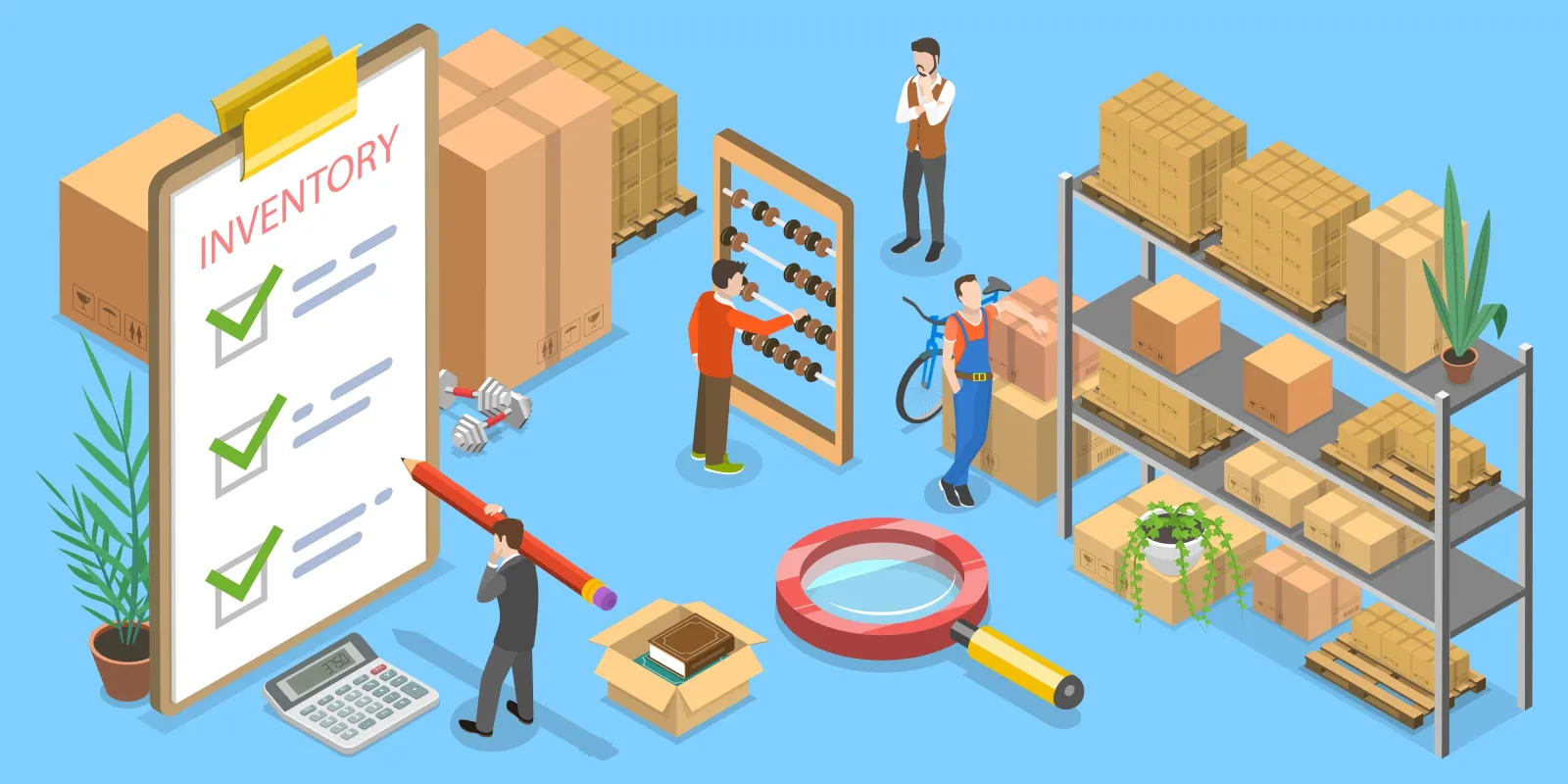



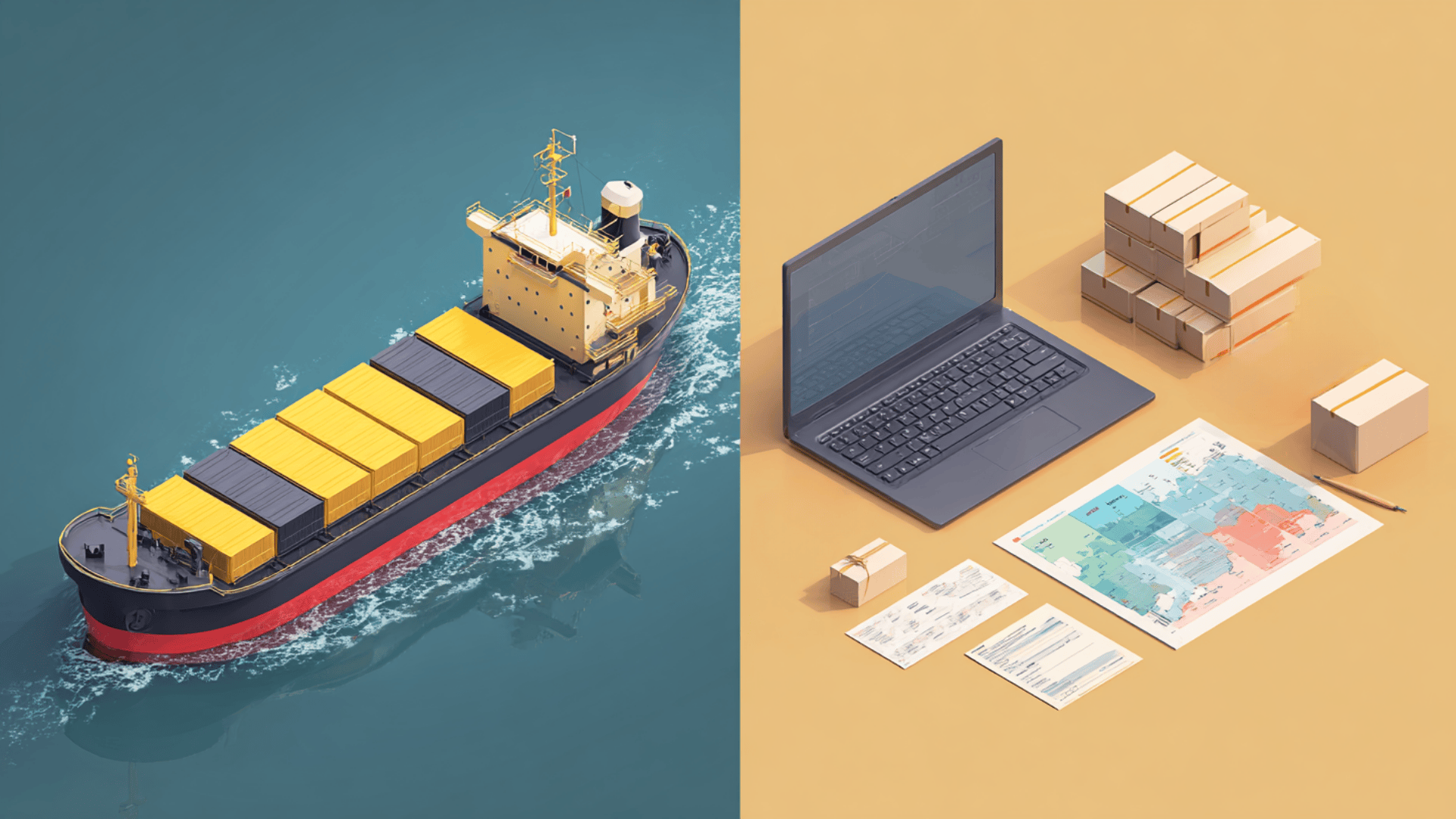
[...] Qu'est-ce qu'un TMS ? [...]
[...] entre un système de gestion d'entrepôt (WMS) ou un module existant au sein de votre système de planification des ressources de l'entreprise (ERP), il est essentiel de comprendre quelle solution répond le mieux aux besoins de votre entreprise. Ce [...]
[...] Qu'est-ce qu'un système de gestion des transports (TMS) ? [...]
[...] les chaînes d'approvisionnement deviennent de plus en plus complexes et sensibles au facteur temps, le système de gestion des transports (TMS) s'est imposé comme une technologie logistique essentielle. Que vous gériez des matières premières entrantes [...]
[...] continuent d'augmenter, les entreprises ont besoin de solutions logistiques plus innovantes pour rester compétitives. Un système de gestion des transports (TMS) peut contribuer à rationaliser les opérations d'expédition, à réduire les coûts de fret et à améliorer la visibilité. Mais choisir [...]
[...] plusieurs transporteurs, des différences de fuseaux horaires et des attentes diverses en matière de livraison. C'est là qu'un système de gestion des transports (TMS) devient un [...]
[Dans le monde de la logistique et de la gestion de la chaîne d'approvisionnement, qui évolue rapidement, le choix du bon système de gestion des transports (TMS) peut avoir un impact significatif sur le contrôle des coûts, la visibilité et l'efficacité opérationnelle. Avec de nombreux [...]
[...] les délais de livraison. Pour rester compétitifs, les prestataires logistiques et les détaillants intègrent leur système de gestion des transports (TMS) à des outils essentiels tels que les systèmes d'impression d'étiquettes, les plateformes de suivi des commandes et les systèmes de gestion des commandes [...]
[...] se tournent vers l'intelligence artificielle (IA) et l'analyse des données pour améliorer les capacités de leurs systèmes de gestion des transports (TMS). Ces technologies remodèlent la façon dont les entreprises planifient les itinéraires, sélectionnent les transporteurs, gèrent les exceptions, [...]
[...] l'industrie devient de plus en plus axée sur les données et complexe, les entreprises de toutes tailles se tournent vers les systèmes de gestion des transports (TMS) pour contrôler les expéditions, réduire les coûts et améliorer la visibilité des livraisons. Cependant, une [...]
[...] une pression croissante pour réduire les coûts et améliorer les niveaux de service, sans compromettre la rapidité des livraisons. Un système de gestion des transports (TMS) offre une solution innovante et évolutive pour relever ce défi. En automatisant et en optimisant les aspects clés [...]